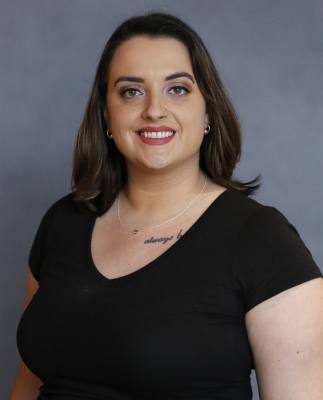The academically successful kindergarten through sixth grade students who are learning virtually will be able to continue doing so in the spring, while students who are not meeting standards will be transitioned to in-person classes on their home campuses. A significant number of virtual students have not been academically successful despite their best efforts, Superintendent Eric Williams said during the workshop.
Data presented Nov. 8 shows enrollment in virtual learning is decreasing as the year progresses, and CCISD anticipates just more than 100 students re-enrolling in the program this spring. However, Robert Bayard, deputy superintendent of curriculum and instruction, said the superintendent’s cabinet has been in conversations about making virtual learning work long-term so the students who thrive in virtual school can keep doing so.
“There are students who are successful, and we’ve heard the anecdotal stories from parents,” Bayard said. “I think there’s an opportunity there to continue to explore how best to build out a possible virtual learning program for students and make it successful, even if it’s a small number of students.”
The program launched Sept. 7 with 637 enrollees, but about a quarter of them decided to enroll in-person in between the signup window closure and program launch, said Holly Hughes, assistant superintendent of elementary education, Nov. 8. A total of 26 classroom teachers and two substitutes staff the program, plus more than 20 teachers provide additional resources including gifted and talented programming and dyslexia services, she said.
Data presented Nov. 8 indicates about a quarter of virtual learners are expected to return to in-person school after the holiday break. Virtual parents are being surveyed to gauge interest, and virtual school staff are providing feedback on student progress, Hughes said. Once a virtual student leaves the program for in-person instruction, they cannot return to virtual school.
“We have had fluid movement of students from the virtual learning environment back to brick-and-mortar classrooms over time,” Hughes said. “We have moved students almost every day of the week back-to-brick and mortar learning.”
The district is working to determine virtual learning staffing allocations for the rest of the 2021-22 school year. Virtual sixth grade is supported by Clear View High School staff, a decision made based on the high school’s enrollment decreasing, Hughes said.
CCISD’s District of Innovation plan for the next five calendar years includes an exemption that would allow the district to create and maintain a virtual school system beyond the Sept. 1, 2023 deadline given by the state Legislature.
The plan, which went into effect Nov. 1, states enrollment across Texas has declined as parents “have sought other learning programs as alternatives to public education and the limitations imposed upon districts from providing an online learning program outside of [the Texas Virtual School Network].” In the plan, the district proposes an asynchronous structure with teaching provided mainly as synchronous.





